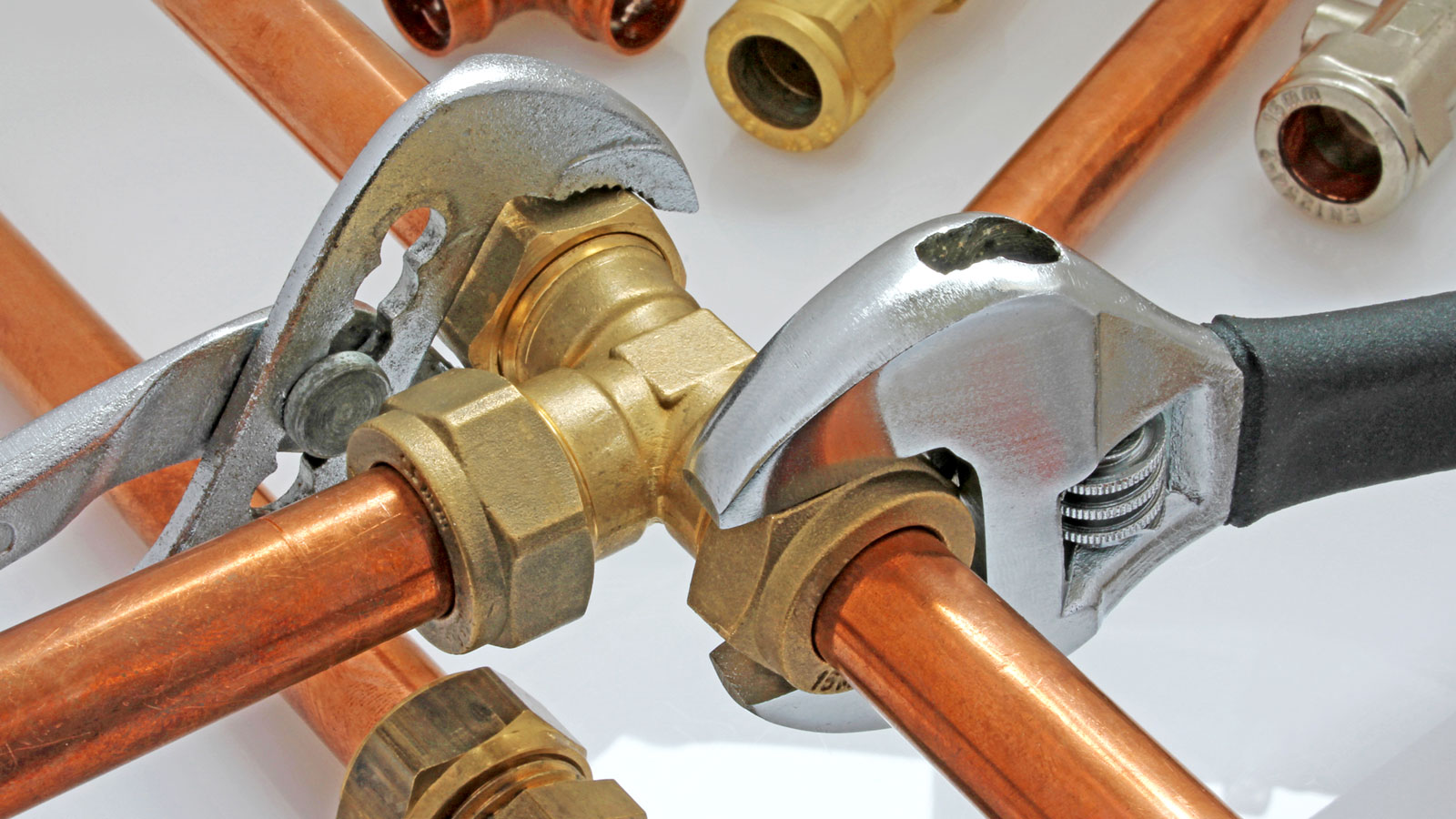Is insulating a conservatory roof a good idea? We weigh up the pros and cons and warn when it's not always the right choice
Insulating a conservatory roof might seem like an energy-efficient choice, but is it always the best one? We explore the different methods available
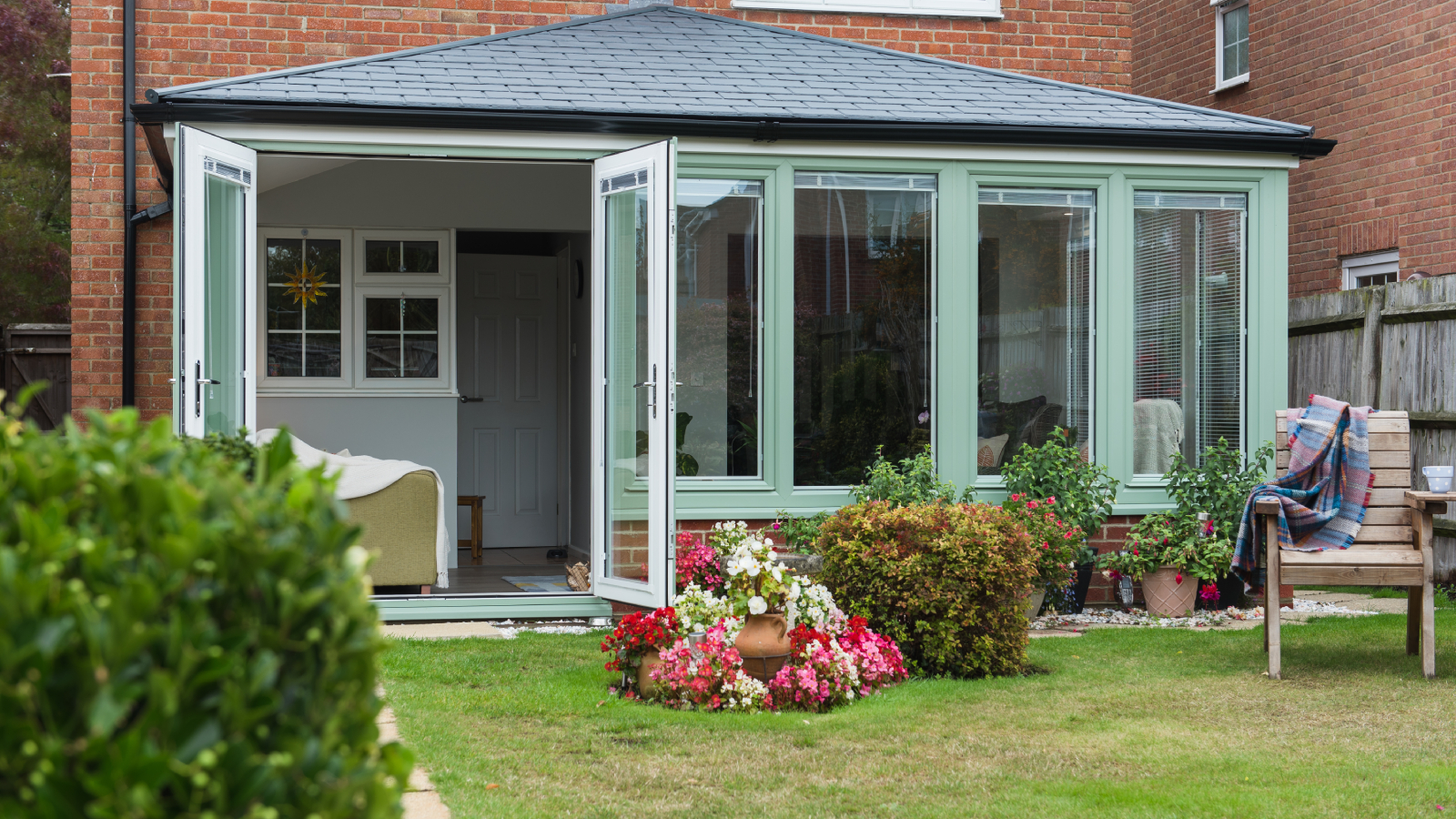
When built and designed well, conservatories can be a great way of extending your home. But, if you haven't made the right decisions about insulating a conservatory roof, what should have been a peaceful haven could soon become a chilly icebox or an unbearable hothouse.
The main root of the problem? The sheer amount of glass that's used in conservatory roofs, as well as the walls. So, how do you go about insulating a conservatory roof without losing any of the charm that sold the concept to you in the first place?
In this guide we'll explore best ways of insulating a conservatory roof and what to avoid if you don't want to end up with more problems than you started with.
Why do you need to insulate a conservatory?
Insulation is a very important part of any home. Certain areas of your house may already be insulated, such as the loft or walls. This is to maintain a comfortable environment throughout the property.
As an additional living space, the conservatory is no different. By insulating a conservatory roof, you can help ensure that the whole area is usable all year round or for more months of the year.
That said, however much insulation and draught proofing goes into a conservatory, being largely constructed of glass means it will always be warmer in summer and cooler in winter than the rest of your house.
Also bear in mind that if the link between the house and the conservatory is uninsulated, it will impact on the overall thermal efficiency. Even if it is just an insulated curtain, some form of thermal break will help the house stay more efficient.
Bring your dream home to life with expert advice, how to guides and design inspiration. Sign up for our newsletter and get two free tickets to a Homebuilding & Renovating Show near you.

Types of insulation suitable for a conservatory roof
In any new conservatory idea, the matter of heat loss through the roof should already have been tackled in the design, perhaps in the form of one method such as intelligent glazing.
“High-performance glazing systems are one of the most advanced solutions available today," explains Rachael Munby, chief marketing officer at Anglian Home Improvements.
"Mimicking the traditional appeal of glass, these systems deliver exceptional thermal regulation by reducing solar heat and glare. For instance, the Anglian Solaroof® is designed to block up to 75% of solar heat while cutting glare by 80%, ensuring a beautifully bright yet comfortable environment. This innovation strikes a perfect balance between form and function, allowing natural light to flood your conservatory without compromising on comfort.”
But, if you're looking to update an old conservatory that's already in situ and in need of some care and attention, what are your options?
Solid roof replacement
Insulating a conservatory roof is an increasingly popular area of the construction industry; there are more companies offering to install solid roofs on conservatories than ever before and there's a good reason why.
"Insulating a roof on a house, if done properly, will achieve a U-value of no more than 0.16W/m2K. By comparison, you can expect a polycarbonate conservatory roof to have a U-value of 1.6W/m2K to 2.4W/m2K – that's at least 10 times worse than the average house roof," according to Tim Pullen, building and sustainability expert.
"Therefore, the best way to achieve that better U-value when it comes to conservatory roofs is to replace the polycarbonate with a slate or tile roof (albeit plastic “slates or tiles” for weight saving), with the same level of insulation as that on the house," Tim explains.
“For those seeking the ultimate in energy efficiency and year-round usability, replacing the existing conservatory roof with a solid, tiled alternative is an excellent option," agrees Rachel Munby.
"Solid roof solutions deliver remarkable thermal performance, transforming your conservatory into a true extension of your home. With a variety of tile finishes, plus options for integrated roof windows or glazed panels, customers can design a roof that perfectly suits their style and practical needs while significantly enhancing thermal efficiency,” she explains.
But, and this is a big but, retrofitting a solid roof pre-supposes that the frame of the conservatory is sufficiently strong to carry a solid roof. This must always be checked prior to undertaking the work.
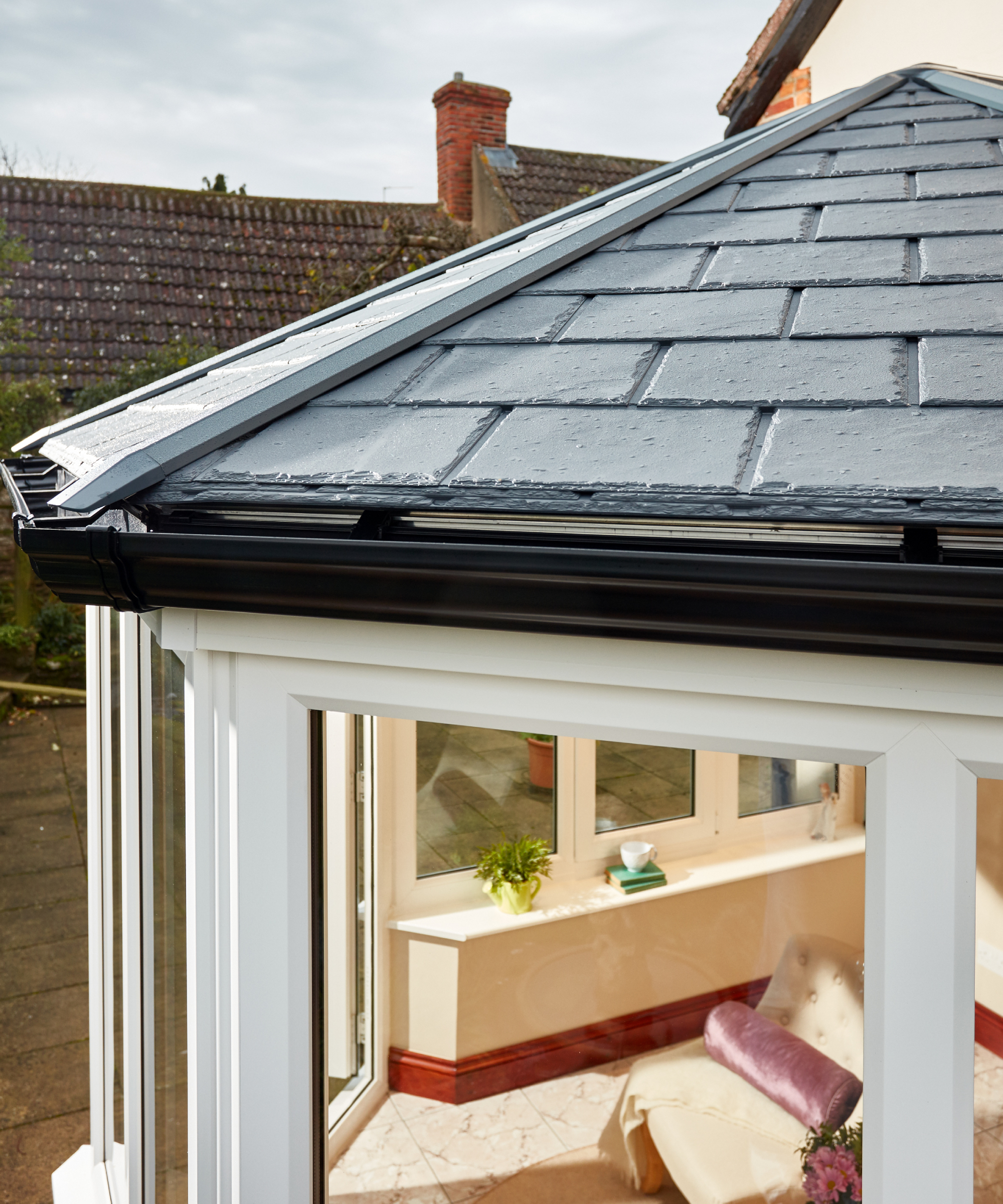
Multi-chambered polycarbonate panels
Another option for insulating a conservatory roof externally is with multi-chambered polycarbonate panels.
“These are a cost-effective and practical solution for many homeowners," says Rachel Munby, "providing moderate insulation and varying levels of light transmission. This makes them a versatile option for balancing natural light and energy efficiency.
"And, while they aren't as thermally effective as solid roof systems, they are a budget-friendly alternative for those looking to improve comfort levels. However, it is important to note these can sometimes amplify noise during rainfall, which may influence their suitability for certain households," she warns.
Internal roof insulation
"As an alternative, some companies are also offering to install lightweight internal roof insulation for conservatories. This is significantly cheaper than a solid roof, but will only marginally reduce the U-value," says Tim Pullen.
And, although anything is better than nothing and this method will go some way towards making the conservatory suitable for year-round use, insulating inside is not without risk.
“For homeowners considering an internal solution, insulating the roof from within using cladding or similar materials is an option worth exploring. However, we recommend a cautious approach due to potential ventilation issues," advises Rachel Munby.
"Sealed cavities created by adding internal insulation can trap heat or moisture, increasing the risk of condensation in conservatories, damp, mould, and degradation of your conservatory’s original structure, particularly during extreme weather conditions," she warns.
"In this case homeowners should consult experts to ensures that any retrofit is tailored to the specific design and condition of your conservatory, mitigating these risks and delivering long-lasting results," advises Rachel.
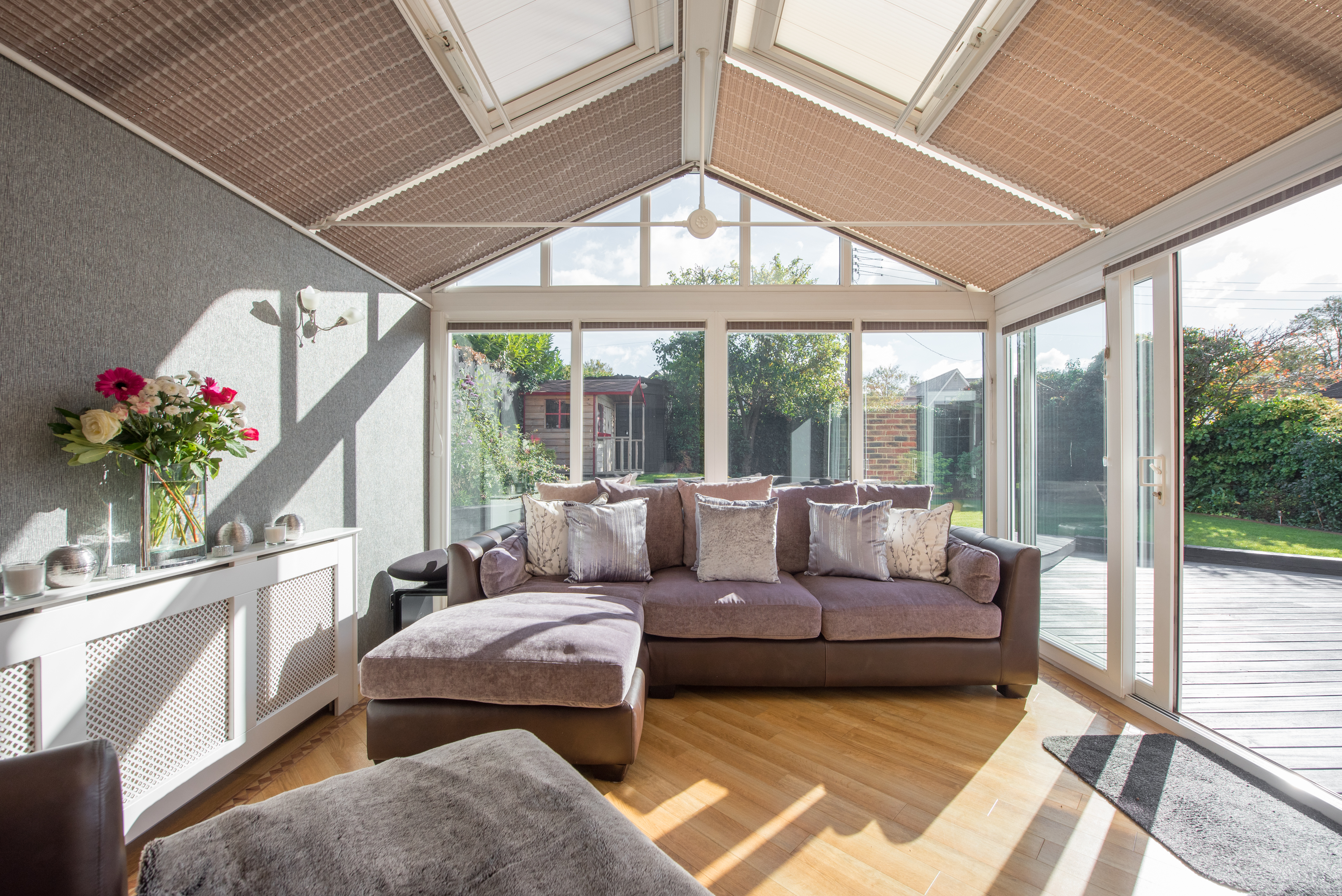

Rachael Munby, Chief Marketing Officer at Anglian Home Improvements, champions innovation and quality in doors, windows and conservatories. Under her direction, Anglian upholds its reputation as the home improvement leader, blending rigorous standards with pioneering products. She drives the company’s proud commitment to British manufacturing and exceptional customer satisfaction.

Tim was an expert in sustainable building methods and energy efficiency in residential homes and wrote on the subject for magazines and national newspapers. He also authored a number of book on the topic of sustainablity. He formally ran energy efficiency consultancy WeatherWorks and was a speaker and expert at the Homebuilding & Renovating Shows across the country.
Pros and cons of external vs internal insulation
So, although there's no question that reducing the heat loss through your conservatory roof will be beneficial, what are the pros and cons of insulating externally vs internally and which method is best?
“The most effective option in all cases is replacing your roof," says Rachel Munby, "either with an alternative or a tiled roof combination (which brings together both glass and a solid roof option).
“A lightweight replica tiled roof extension is as much as 15 times more thermally efficient than a standard glass roof, and replica solid roof tiles can often be chosen in a range of colours to match the rest of your home; you can even incorporate glazed glass panels so your roof can withstand all weather types," she adds.
"External roof insulation offers superior thermal performance, for year-round comfort, as well as reducing solar gain, rain noise, and is longer lasting, making it the most effective way to insulate your conservatory."
The main downside? It will come at an increased cost compared to other options, so if budget is an issue, "insulating the roof from the inside is a cost-effective solution that generally does not require conservatory planning permission and can enhance the interior aesthetics of your conservatory, making it feel more modern and inviting," agrees Rachel.
Although, as previously mentioned, it's essential to recognise some limitations with internal insulation. If installed incorrectly, the conservatory might not be properly ventilated, potentially leading to a build of damp and mould in colder months.
“Choosing the right method for insulating a conservatory roof ultimately depends on your budget, expected results, and whether the focus is on ease of installation or maximising long-term performance,” advises Rachel.
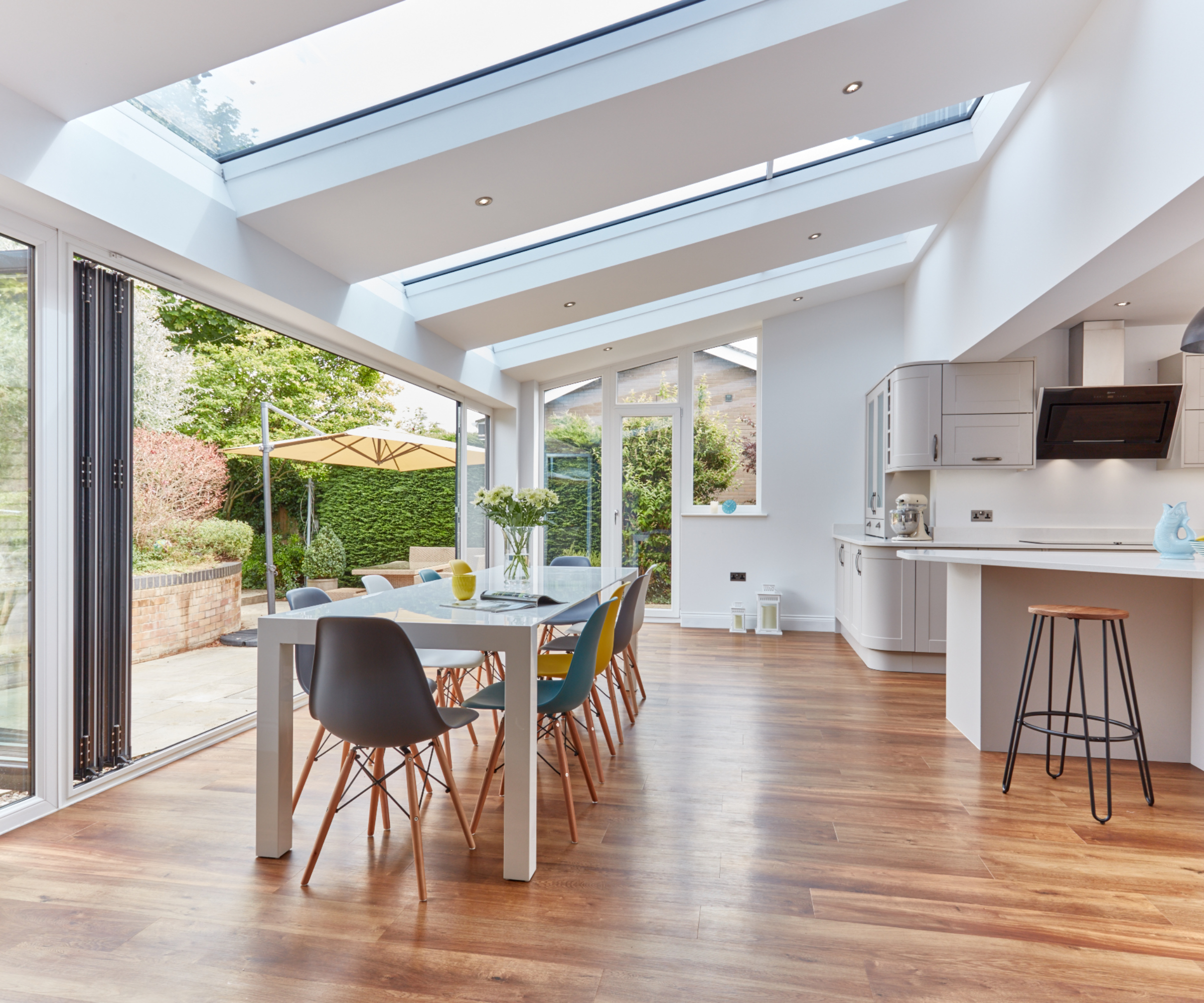
Is my conservatory roof suitable for insulation?
“Determining whether a conservatory roof is suitable for insulation should never be left to guesswork," advises Rachel Munby. "For example, every Anglian project begins with a comprehensive design consultation and technical survey, ensuring that any proposed upgrade is both safe and effective."
This process should be the same for any reputable conservatory supplier, but as a guide, when checking if you can insulate your conservatory roof, an assessor will be looking to ensure ventilation and drainage are preserved, any Building Regulations or planning conditions are met, and the method used meets the specific structural requirements of the conservatory, as well as the environmental conditions of your location.
How is this determined? By looking at the following main areas:
- Structural checks: Are the main conservatory and conservatory foundations structurally sound, with no signs of sagging, warping, or damage?
- Frame strength: Is the supporting frame (uPVC, aluminium, or timber) strong enough to bear the additional load of internal insulation or a replacement roof system?
- Environment: What do the postcode-specific weather data and structural calculations say about wind and snow loads? These will be important for determining the best type of conservatory roof insulation
Rules and regulations for insulating a conservatory roof
In most cases, planning permission is not required to insulate a conservatory roof, provided the following conditions are met:
- The conservatory is a single-storey structure
- It is separated from the main house by external-quality doors, windows or walls
- The conservatory does not exceed 30 square meters in floor area
- The insulation work does not alter the external appearance of the conservatory significantly (e.g., replacing a glass roof with a solid tiled roof might require permission)
“However, if the insulation work involves significant structural changes or alters the external appearance of the conservatory, you may need to check with your local planning authority," advises Rachel.
"For example, if the roof insulation significantly improves the thermal efficiency of the conservatory, it may no longer be considered a "non-habitable" space. In this case, the conservatory might need to comply with conservatory building regulations for energy efficiency, ventilation, and heating.
“Other points to note are that any new materials used in the roof must meet fire safety standards," she notes.
FAQs
What change can you expect in U-values when insulating a conservatory roof?
“Insulating your conservatory roof with polycarbonate typically delivers U-values ranging from 2.4 to 3.0 W/m²K, while standard glass roofs range from 1.8 to 2.2 W/m²K, meaning significant heat loss occurs with these materials," says Rachel Munmby.
However, switching to a solid roof alternative could offer U-values as low as 0.18 to 0.25 W/m²K, making it up to 15 times more thermally efficient than other roof types.
“This exceptional thermal performance translates to 90% less heat loss," says Rachel, "ensuring your conservatory remains warmer in winter and cooler in summer. The improved insulation reduces reliance on heating and cooling systems, leading to lower energy bills and year-round comfort."
How much does insulating a conservatory roof cost?
Replacing a polycarbonate with an insulated solid roof will cost in the region of £10,000 upwards and will be dependent on your location, the size of the roof and the work involved.
A lightweight internal roof solution will not achieve the same U-value as a solid roof, but can cost in the region of £5,000. However, as each case will have its own unique circumstances, obtaining a full set of quotes is essential.
Where else can you insulate in a conservatory?
"In most cases, the ideal solution would be to properly insulate the roof and to put retractable awnings over the windows and walls. This will help keep the conservatory warm in winter and prevent it overheating in summer," advises Tim Pullen.
Elsewhere in a conservatory, the walls – which are actually windows – should not be tampered with for insulation purposes. Unlike with insulating a wall inside your home, the only realistic options here are thermal insulated curtains or blinds. It is likely they will not be needed across the whole windows and usually installing these to the north and east-facing windows will do the most good.
The floor in most conservatories tends to have a hard surface, finished in tiles or wood. There is usually some understandable reluctance to rip it all out only to install some insulation or underfloor heating, so consider rugs as a practical alternative.
How much heat is saved by insulating a conservatory roof?
"A wholly glazed conservatory of 4m by 5m is likely to need around 3kW of heating in winter. That same room with an lightweight insulated roof will need around 2.7kW, so expect roughly a 10% saving," says Tim Pullen.
"That same room with a solid roof will need around 2.5kW, which means a 16% saving by using just insulation alone."
What insulating a conservatory roof also does do is smooth the harsher aspects of the weather and make the room more comfortable, and therefore more usable in colder seasons, in the long run.
Will conservatory roof insulation make it cooler in the summer?
"Insulating a conservatory requires more than just the insulation itself," says Tim Pullen. "As far as cooling is concerned, what's needed is shading. Ideally shading that is only effective in summer, such as a brise soleil.
"This is achievable with a narrow (say, 750mm wide) pergola at roof level, which can be constructed adjacent to the conservatory," he suggests.
With this concept, there's even the potential to introduce deciduous planting, grapes, wisteria or other climbing plants, which will not only let sunlight through in winter when it is needed, but also provide sufficient shade to prevent overheating in summer.
Thermal conservatory roof blinds can be a great help in winter, too, as can other conservatory blind ideas. Choose proprietary systems that are retractable for an added advantage.
So is insulating a conservatory roof worth it?
"In a new build situation, be it the whole house or only a conservatory, it is relatively easy to design a thermally efficient room, with a solid, insulated roof. Existing conservatories on the other hand will have a more difficult starting position," says Tim Pullen.
"It has to be accepted that whatever insulation is installed, the large areas of glass mean that a conservatory will always be less thermally efficient than the rest of your house. However, yes it is worth insulating a conservatory roof," according to Tim, as it is the biggest culprit in terms of both internal heat loss and solar heat gain. Insulating a conservatory roof will increase the chances of making your conservatory both more practical and enjoyable throughout the year.
For those seeking an alternative, you may want to consider replacing a conservatory with an extension, or perhaps take a look at the different types of conservatory to see if you could completely replace your existing sunroom with a more efficient and upgraded model.

Sarah is Homebuilding & Renovating’s Assistant Editor and joined the team in 2024. An established homes and interiors writer, Sarah has renovated and extended a number of properties, including a listing building and renovation project that featured on Grand Designs. Although she said she would never buy a listed property again, she has recently purchased a Grade II listed apartment. As it had already been professionally renovated, she has instead set her sights on tackling some changes to improve the building’s energy efficiency, as well as adding some personal touches to the interior.
